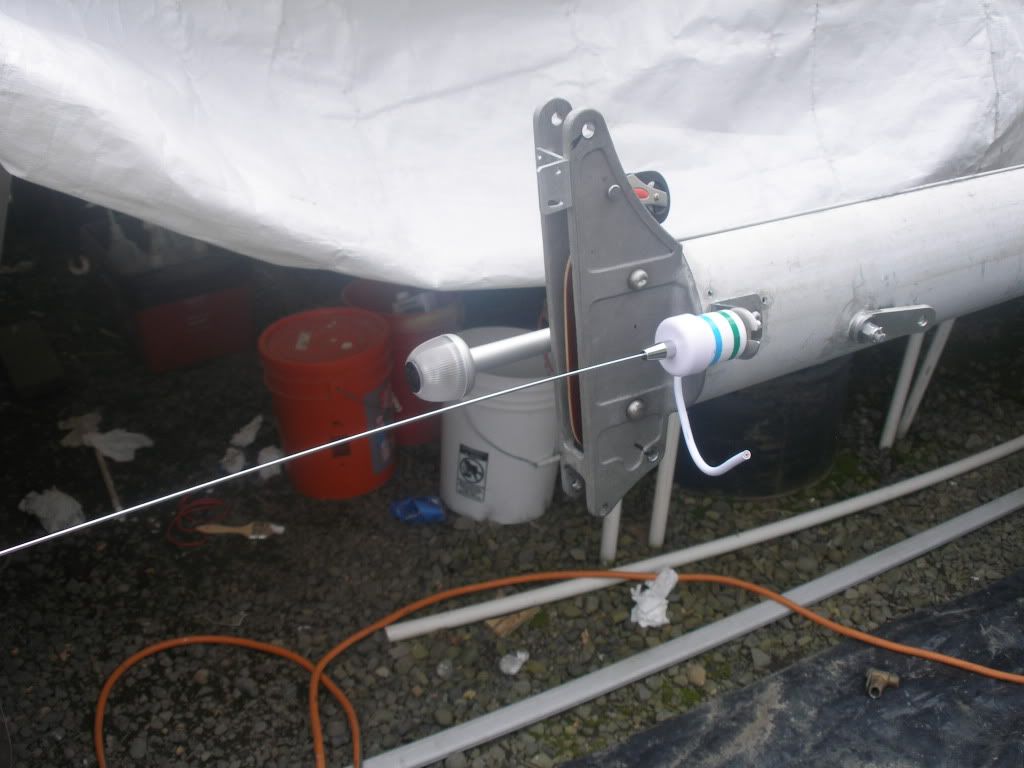Older technology.....
These were common on thousands of smaller and mid size sailboats for sheaves in the 70's.
http://www.ifloat.biz/products/hye-...94-in-100-mm-0.63-in-16-mm-0.63-in-16-mm-4533
I found this one link.
Nowadays they have been replaced in the market with hi density plastics. They are very durable. Gibb (in the UK) used to sell a full line of blocks, cheeks and sheaves of this stuff, and even small snubbing winches.
There were pressure-formed from phenolic resin and linen, IIRC. Also used for circuit boards for electronic devices.
Loren
Since the system only allows for the posting of five pictures at a time, I'm sending this sixth one in a separate post. A close-up shot of the sheaves. Chips are evident.
Roscoe
These were common on thousands of smaller and mid size sailboats for sheaves in the 70's.
http://www.ifloat.biz/products/hye-...94-in-100-mm-0.63-in-16-mm-0.63-in-16-mm-4533
I found this one link.
Nowadays they have been replaced in the market with hi density plastics. They are very durable. Gibb (in the UK) used to sell a full line of blocks, cheeks and sheaves of this stuff, and even small snubbing winches.
There were pressure-formed from phenolic resin and linen, IIRC. Also used for circuit boards for electronic devices.
Loren

















